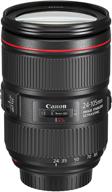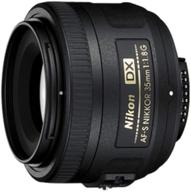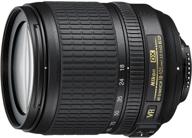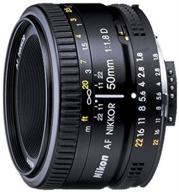
Review on Canon 35Mm USM Wide Angle Lens by Amar Amar ᠌

I like everything, the price and the quality are both ok.
Because I dislike using flash but frequently have to take photos in low-light environments, I have long wished for a fast normal lens that also has an image stabilizer built into it. And now, at long last, Canon has presented the market with one of these models. Hooray! A brief examination revealed that the level of sharpness offered by this lens is comparable to that of the EF 50mm f/1.8. There are those who would consider this to be a terrible thing: a lens that costs $1300 is just as sharp as a lens that costs $130. Nevertheless, this is not the case. The 50/1.8 is a very sharp lens. But, with a really unpleasant focusing method. Because of autofocus failures, he has a reputation for being unreliable, which is unfair. The sharpness is exceptional while manually focusing on LiveView at a magnification of 10 times or more. According to laboratory studies that can be found on the internet, in terms of sharpness, this 35/2, 50/1.8, and, for example, 50/1.2L, which can cost more than 1000 euros, are on par with one another at f/2.8. However, this lens has a focal length that is shorter than the working distance, which is the distance from the bayonet to the matrix. As a result, achieving good sharpness with this lens will be a lot more challenging.
- On a crop sensor, it takes the place of a 55 mm lens, which means that it can be called a regular lens. Because it is quick and has a stabilizer, you don't need to use a flash even when you're taking a picture of a black man at a well-known location because the camera can handle it. The aperture includes eight circular blades, which ensures that areas that are not in the field of sharpness do not have discernible angles. A USM that is nimble and silent and that permits manual focus adjustment at any time. Yet, the lens focuses fairly accurately even without being adjusted in any way. It is compatible with full frame cameras, so even after you upgrade to a Full Frame camera, you can still use it. The construction imparts an impression of robustness and dependability.
- Large and very heavy. Because the front lens is not very deeply recessed into the body of the device, it is easy to scratch or otherwise damage it. A high price tag is associated with a large thread diameter for filters, or filters. In the event that the frame is changed, the image stabilizer almost completely stops functioning (focusing the center point on the desired object, then recomposing the frame). "They could have programmed into the software the recognition of such moves by the photographer and the restoration of stabilization when the movement had come to an end. By the way, I didn't realize there was such a problem with a whale lens" - after some use, I can say that it turned out that all you needed to do was wait a second, and the stabilization was back to normal.
New products
Comments (0)
Top products in 👓 Lenses

Black Canon EF 24-105mm f/4L IS II USM Lens - Model 1380C002

78 Review

Nikon 35mm f/1.8G Auto Focus Lens for Nikon DSLR Cameras - Black (Model 2183)

125 Review

New Nikon 18-105mm Vibration Reduction 📷 Zoom Lens with Auto Focus for Nikon DSLRs

104 Review

Nikon 50mm f/1.8D Lens: Perfect for Nikon DSLR Cameras!

97 Review





